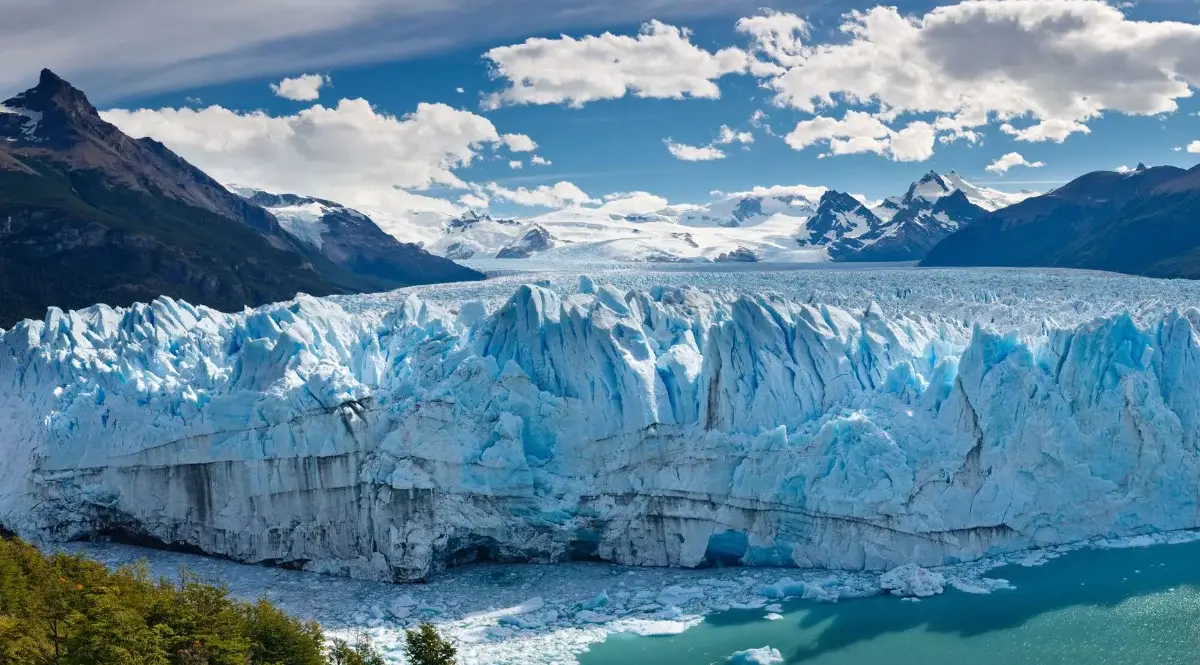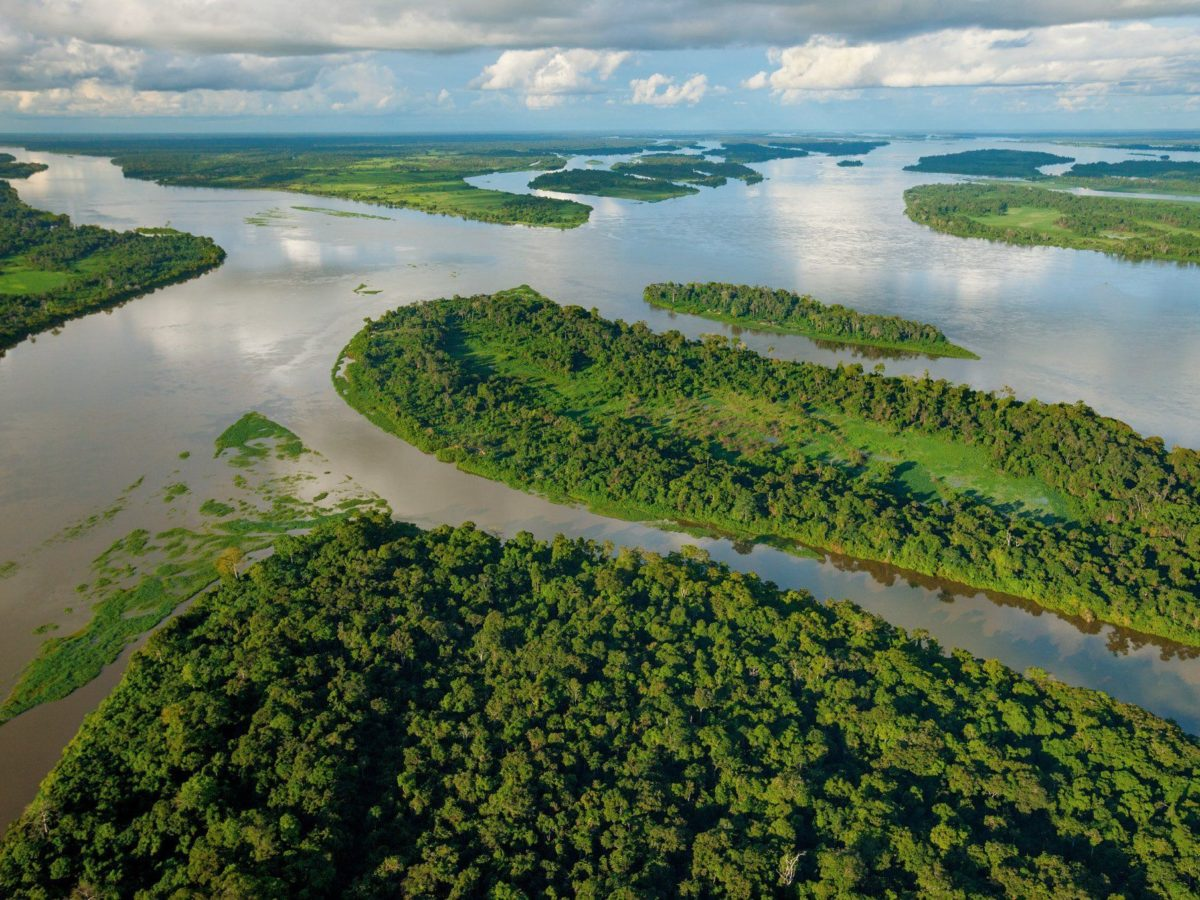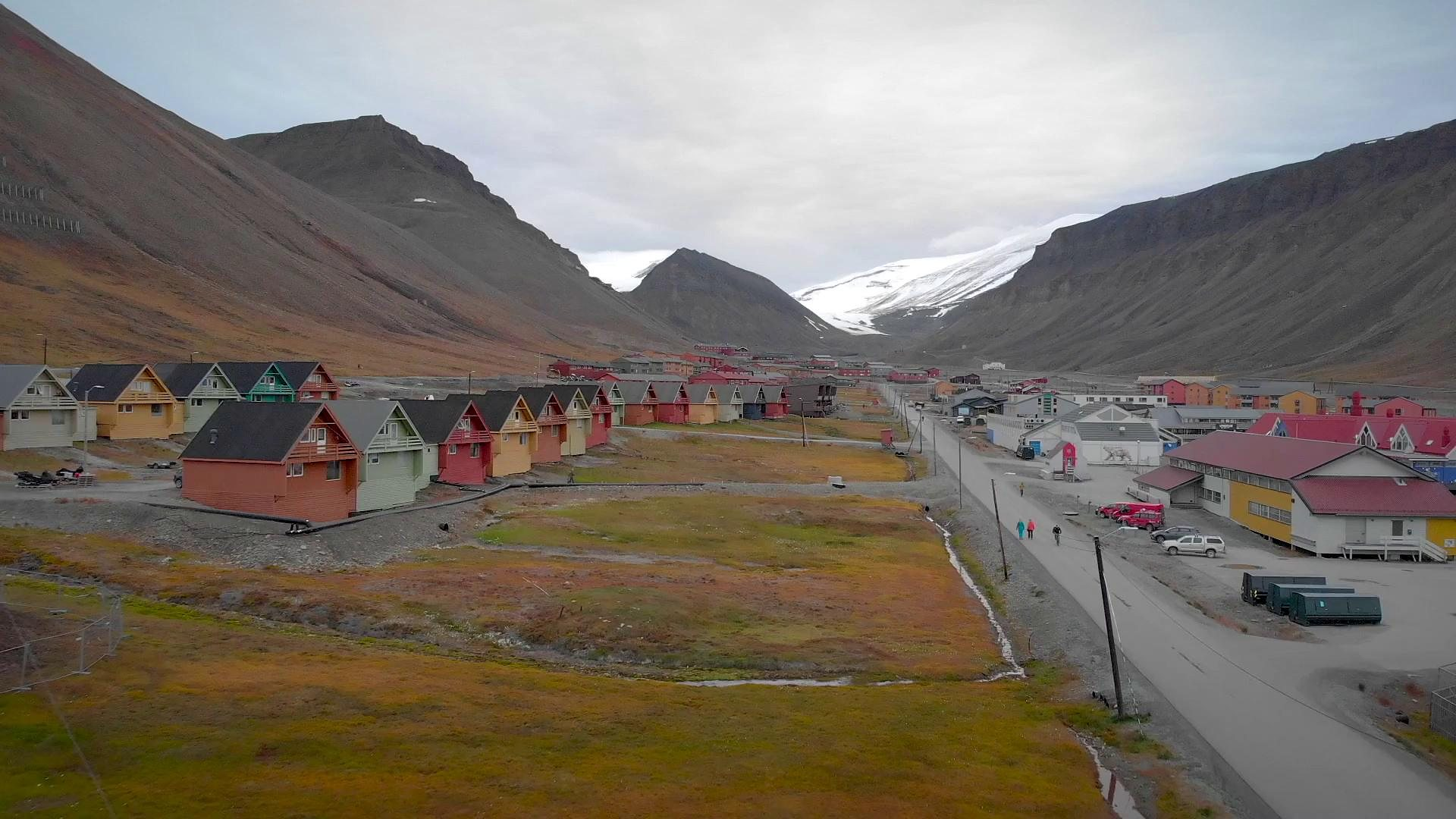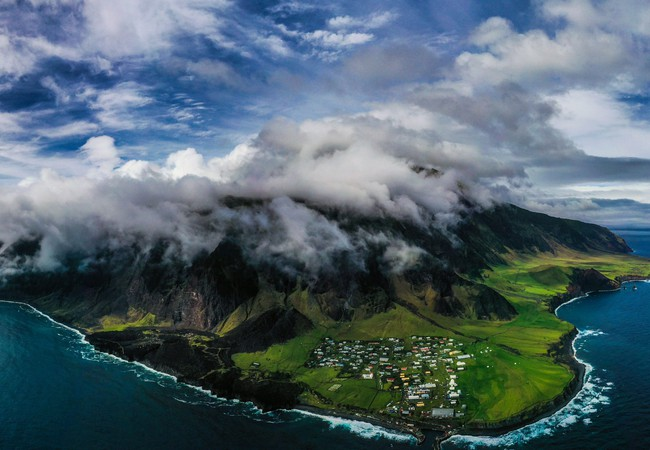solsticeuniversity.com – Glaciers and ice ages have played a pivotal role in shaping the Earth’s surface and influencing the planet’s climate over millions of years. These massive ice formations and prolonged periods of global cooling have left lasting imprints on landscapes and ecosystems, offering crucial insights into Earth’s geological and climatic history.
What Are Glaciers?
Glaciers are large, persistent bodies of ice that form when snow accumulates over time and compacts under its weight. Found primarily in polar regions and high mountain ranges, glaciers slowly move under their own weight, carving valleys, shaping mountains, and creating unique landforms like fjords, moraines, and glacial lakes.
The Concept of Ice Ages
Ice ages are extensive periods in Earth’s history when global temperatures drop significantly, leading to the expansion of ice sheets across continents. The most recent ice age, known as the Pleistocene Ice Age, began around 2.6 million years ago and ended approximately 11,700 years ago. During this time, large parts of North America, Europe, and Asia were covered by ice.
How Glaciers Shape the Earth
As glaciers advance and retreat, they sculpt the land beneath them. Key geological features formed by glaciers include:
- U-shaped Valleys: Carved as glaciers move through river valleys.
- Moraines: Ridges of debris deposited along glacier edges.
- Cirques: Bowl-shaped depressions formed in mountain regions.
- Fjords: Deep, narrow sea inlets formed by glacial erosion.
- Glacial Lakes: Created by melting glaciers filling depressions.
Impact on Climate and Ecosystems
Glaciers influence global sea levels and regional climates. During ice ages, sea levels dropped significantly due to the vast amount of water trapped in ice sheets. The retreat of glaciers often results in habitat changes, forcing species to adapt or migrate.
Modern-Day Importance
Glaciers serve as freshwater reservoirs, supplying water to millions of people. However, contemporary climate change poses a threat to glaciers, causing accelerated melting and contributing to rising sea levels. Monitoring glaciers is vital for understanding climate change and its potential impacts on the environment and human societies.
Conclusion
Glaciers and ice ages are fundamental components of Earth’s natural history. Their ability to shape landscapes and regulate climate highlights their importance in both past and present environmental processes. Understanding these icy giants not only unravels Earth’s history but also aids in predicting and managing future climatic shifts.




